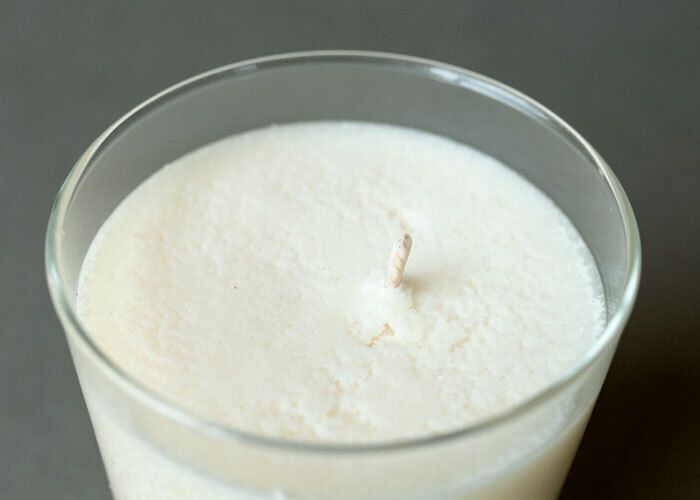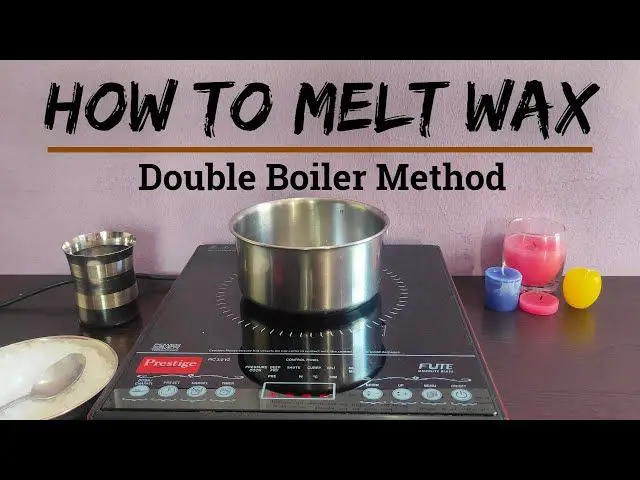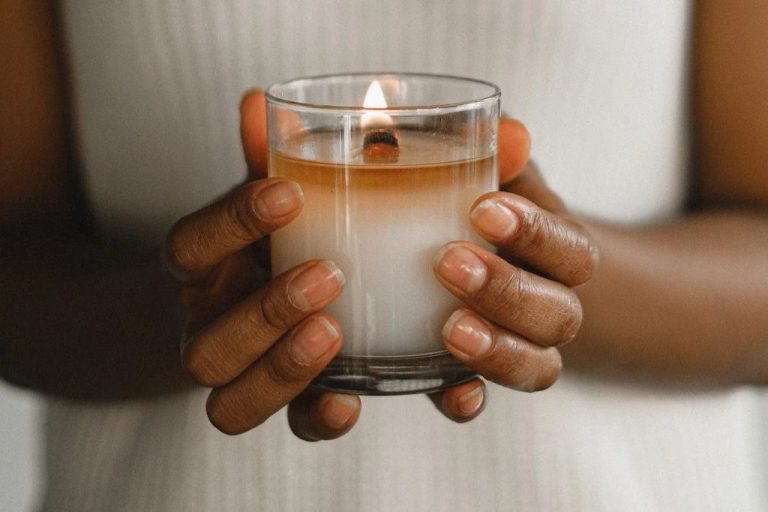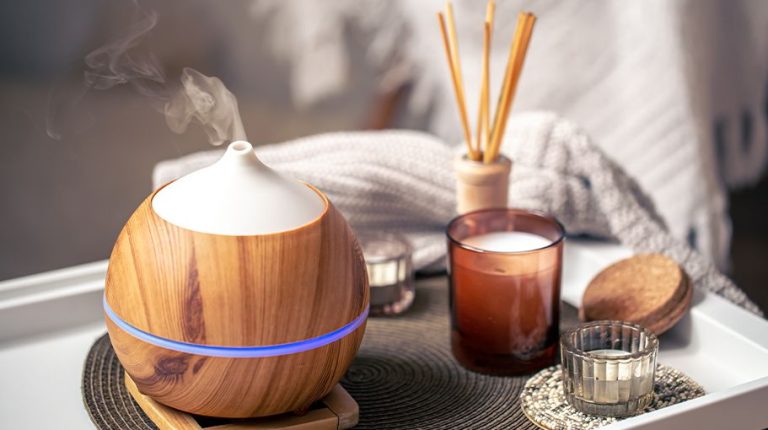What Lasts Longer A Candle Or Diffuser?
Introducing Candles vs Diffusers
Candles and diffusers are both popular options for scenting and freshening indoor spaces. But when it comes to lifespan and longevity, which one lasts longer? In this article, we’ll compare the average lifespan of candles versus diffusers. We’ll look at the different factors that impact how long candles and diffusers last, from usage and maintenance to environmental conditions. We’ll also discuss best practices for making candles and diffusers last as long as possible. By the end, you’ll know whether candles or diffusers have the edge when it comes to duration and longevity.
What Are Candles?
Candles are a light source made from wax, typically paraffin or beeswax, with an embedded wick that is lit to provide light. The melted wax drawn up the wick acts as the fuel for the lit flame. Candles have a long history of use going back to ancient times.
The earliest evidence of candle making dates back to around 3000 BC in Egypt and Mesopotamia. These early candles were made by dipping rolled papyrus repeatedly in melted tallow or beeswax. The Romans improved candle making by creating dipped candles from tallow beginning around 500 BC. Chinese candles were traditionally made from whale fat and later transitioned to various vegetable-based waxes.
Today, candles come in a diverse array of shapes, sizes, colors and scents. Some common modern candle varieties include taper candles, pillar candles, votive candles, tea lights, container candles, and floating candles. Candles are commonly used for lighting, aromatherapy, decoration, prayer, rituals, and ambiance.
Sources:
https://en.wikipedia.org/wiki/Candle
https://www.weekdaycandles.com/blogs/news/a-brief-history-of-candles
What Are Diffusers?
Diffusers are devices used to disperse fragrance or essential oils into the air. They work by breaking down the oils into tiny particles that are easily absorbed or inhaled. Some key facts about diffusers:
Diffusers have been used for thousands of years, dating back to ancient Egypt, China and India. Incense was one of the earliest forms of diffusing. Modern electric diffusers became popular in the 1990s.
There are several types of diffusers available today:
- Evaporative diffusers use a fan to blow air through a pad soaked in oil. This releases a fine mist.
- Ultrasonic diffusers use vibrations to create micro-droplets that disperse the oils.
- Heat diffusers gently warm the oil, helping it evaporate more quickly.
- Nebulizing diffusers use pressurized air to create a fine spray.
Diffusers are commonly used in homes and offices to freshen the air, provide aromatherapy benefits, or create a relaxing ambiance. They allow the properties of essential oils to be dispersed without the risk of an open flame like candles.
Average Lifespan of Candles
The average lifespan of a candle depends on several factors, including the type of wax, wick thickness, candle diameter, and burning conditions. In general, most candles will last between 40-80 hours of burn time before being used up.
Paraffin wax candles typically last 40-60 hours. Paraffin is a byproduct of petroleum refining and creates a consistent, long-burning candle. However, paraffin produces more soot and releases potentially toxic chemicals like benzene and toluene when burned [1].
Soy wax candles last 50-80 hours on average. Made from soybean oil, soy wax burns slower and cooler than paraffin. The natural wax produces less soot and no toxic chemicals. However, the burn time can vary more with soy [2].
Beeswax candles have a short lifespan of 5-10 hours but produce brighter flames and less drips. Beeswax is all-natural but expensive, so most beeswax candles contain other waxes too [3].
In general, larger pillar candles and containers burn longer than smaller votives and tealights. Wick thickness also impacts burn time, with larger wicks burning faster but unevenly.
Average Lifespan of Diffusers
The average lifespan of a diffuser depends on the type of diffuser and frequency of use. Here are some guidelines on diffuser lifespan:
Ultrasonic/Humidifying Diffusers: This is the most common type of diffuser. They use ultrasonic vibrations and water to produce a fine mist. With proper maintenance like regular cleaning, they can last 1-2 years with daily use. Humidifying diffusers that use heat tend to have shorter lifespans around 6-12 months [1].
Nebulizing Diffusers: Nebulizers use pressurized air to diffuse oil without water. They don’t require cleaning as frequently and can last over 5 years with daily use if properly maintained.
Evaporative Diffusers: These simple diffusers rely on a fan to circulate air over a pad or filter soaked in oils. With good care, they can last upwards of 2 years.
Reed Diffusers: Reed diffusers use rattan or bamboo sticks in a bottle of fragrance oil. Lifespan is around 3-4 months if the sticks are regularly rotated [2].
Factors like frequency of use, oil used, environment, and maintenance impact diffuser lifespan. Filling with clean water, regular cleaning, using the proper oils, and not running it 24/7 will extend any diffuser’s longevity.
Comparing Lifespans
When directly comparing the lifespans of candles versus diffusers, most sources agree that diffusers tend to last significantly longer. According to Homes & Gardens, reed diffusers generally last longer than candles because the diffusion process is slower. They estimate the average diffuser can last up to 3 months, while the average candle burns for 30-50 hours [1]. Slatkin & Co. also states that diffusers can last up to several months, compared to candles that provide around 50 hours of fragrance [2].
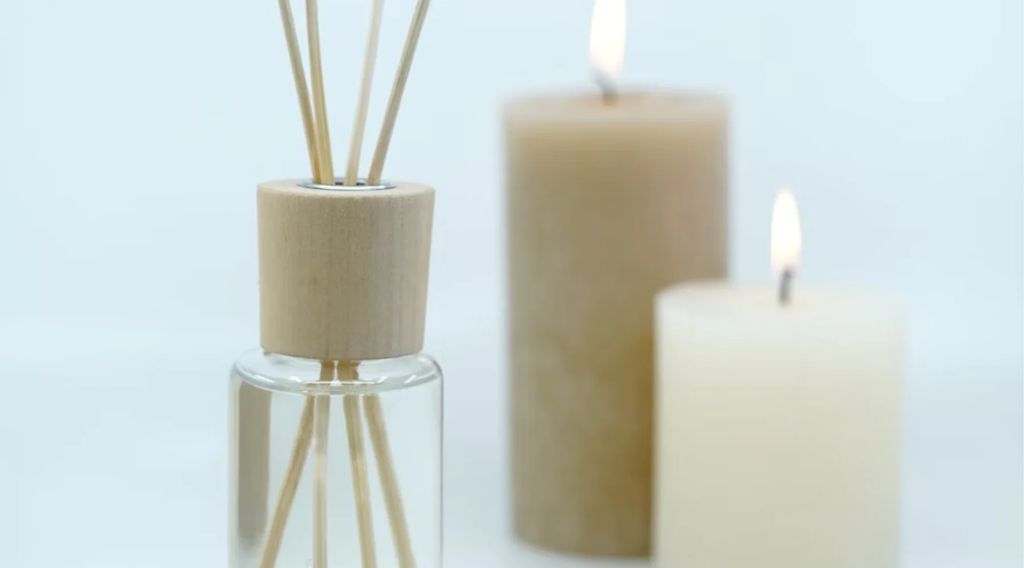
Archipelago indicates that diffusers can provide months of continuous fragrance, while candles tend to burn out more quickly. They recommend diffusers for longer lasting ambiance. Overall, sources concur that the slower diffusion process allows reed diffusers to outlast the burning process of candles, providing months of fragrance compared to the 30-50 hour lifespan of most candles [3].
Factors Impacting Lifespan
There are several factors that can impact the lifespan of candles and diffusers, both increasing and decreasing how long they last.
For candles, trimming the wick to 1⁄4 inch before lighting can help the candle burn slower and more evenly, according to experts at Candles by Luma (source). Allowing the melted wax pool to completely solidify before relighting also preserves the candle. Storing candles properly is key – keeping them in a moderate temperature away from heat sources prevents the wax from melting and the fragrance from dissipating early.
Diffusers also last longer when cared for properly. According to Aera (source), you should clean diffuser parts regularly to prevent buildup of oils, dust and grime that can clog the unit. Refilling with water and oils as soon as they run out also preserves the lifespan of the diffuser. Like candles, storing diffusers away from heat, direct sunlight and humidity can prevent damage over time.
Overheating, drafts, humidity and improper storage can shorten the lifespans of both candles and diffusers. But with proper care and maintenance, both can provide months of enjoyment before needing replacement.
Maintaining Candles and Diffusers
Proper maintenance and storage is key to extending the lifespan of both candles and diffusers. For candles, it’s important to store them in a cool, dry place away from direct sunlight and heat sources. Excessive heat can cause candles to lose their scent faster and become misshapen. Keeping candles tightly capped in their original containers is ideal for preserving freshness. Avoid storing candles anywhere that gets hotter than room temperature, like near appliances or in a hot car (Harlem Candle Company).
With diffusers, the reed sticks and oils should be recapped and stored upright when not in use to prevent leaks or evaporation. Storing a diffuser upright ensures the reeds remain saturated. It’s also important to routinely clean diffuser reservoirs with soap and water to prevent mold growth. Avoid allowing diffuser oils to come into direct contact with sunlight or heat, which can degrade the fragrance (Homesick).
For both candles and diffusers, keeping them in cool, dry storage between uses and away from direct light or heat are the best ways to maintain freshness and extend lifespan. Proper cleaning and maintenance, like keeping wicks trimmed on candles and cleaning diffuser reservoirs, also helps preserve their scents for longer (The Little Scent Shoppe, 2022). With some simple care, candles and diffusers can retain their signature scents for many uses.
Environmental Factors
The environment where candles and diffusers are used can significantly impact their lifespan. Climate, airflow, room size, and other factors play a role. High heat and humidity tend to diminish lifespans more quickly.
Burning candles and diffusers indoors releases volatile organic compounds, particulates, and other pollutants into the air that can be hazardous to health and air quality, especially in unventilated areas (Source). Scented candles emit more soot than unscented ones.
Using candles and diffusers in well-ventilated areas helps dissipate emitted chemicals. Placing them near open windows, using them for shorter periods of time, and allowing the room air to circulate helps reduce indoor air pollution.
Outdoor factors like wind and rain can also shorten lifespan if candles and diffusers are used outside. Protecting them from direct sun and precipitation extends their usable life.
The Verdict
Based on the comparison of lifespans and factors impacting longevity, diffusers generally last longer than candles. The main reasons are:
- Diffusers typically provide 50-60 hours of fragrance per fluid ounce of oil. A standard 3.4oz bottle provides 170-200 hours.
- Candles provide approximately 15-20 hours of burn time per ounce of wax. A standard 6oz candle burns for 90-120 hours.
- Diffusers release fragrance gradually and continuously. Candles require lighting for each use.
- Diffusers are not significantly impacted by environmental factors. Candle fragrance can be diminished by elements like drafts.
- With proper care, diffusers can last over a year. Candle wicks become ineffective much sooner.
In conclusion, while both can fill a space with fragrance, diffusers tend to last considerably longer. Their method of dispersing oil slowly over time allows the system to endure. Candles provide enjoyment but require replacement more frequently.

